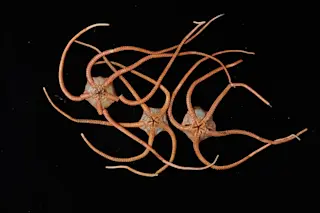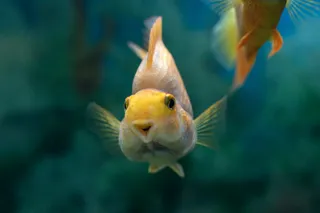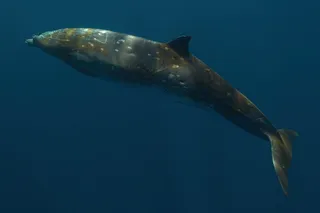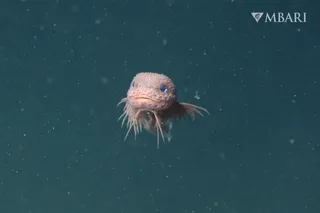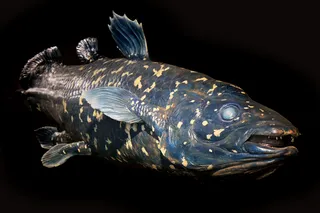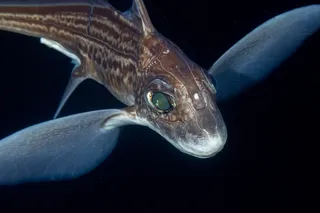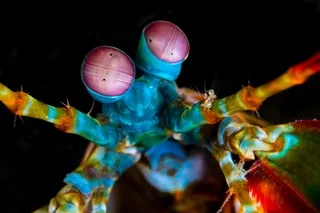Deep-sea brittle stars are always on the move. That’s what a new study seems to suggest, anyway, after analyzing thousands of brittle star specimens and finding that the spiky, star-shaped creatures are much more closely related across the deep sea than across the shallows.
The study, which was published in Nature, turned to the DNA of brittle stars to capture a clearer picture of their movement and connectivity worldwide. The results reveal that deep-sea brittle stars have spread around the world’s oceans throughout the past 100 million years, connecting regions as far-flung as Tasmania and Iceland.
“You might think of the deep sea as remote and isolated,” said Tim O’Hara, a study author and a curator of marine invertebrates at the Museums Victoria Research Institute, in a press release. “But for many animals on the seafloor, it’s actually a connected superhighway.”
Brittle stars, or Ophiuroidea, are ancient animals with small ...



